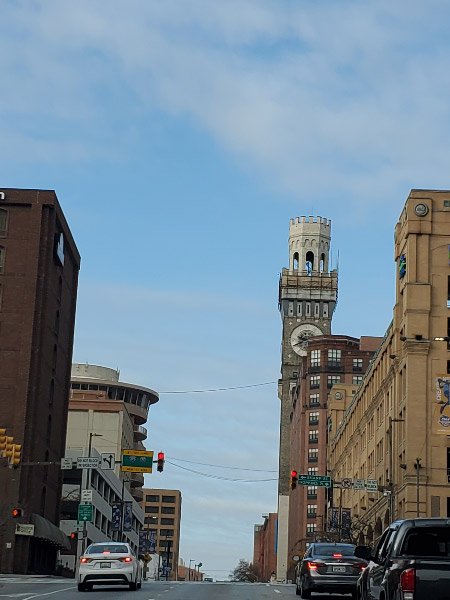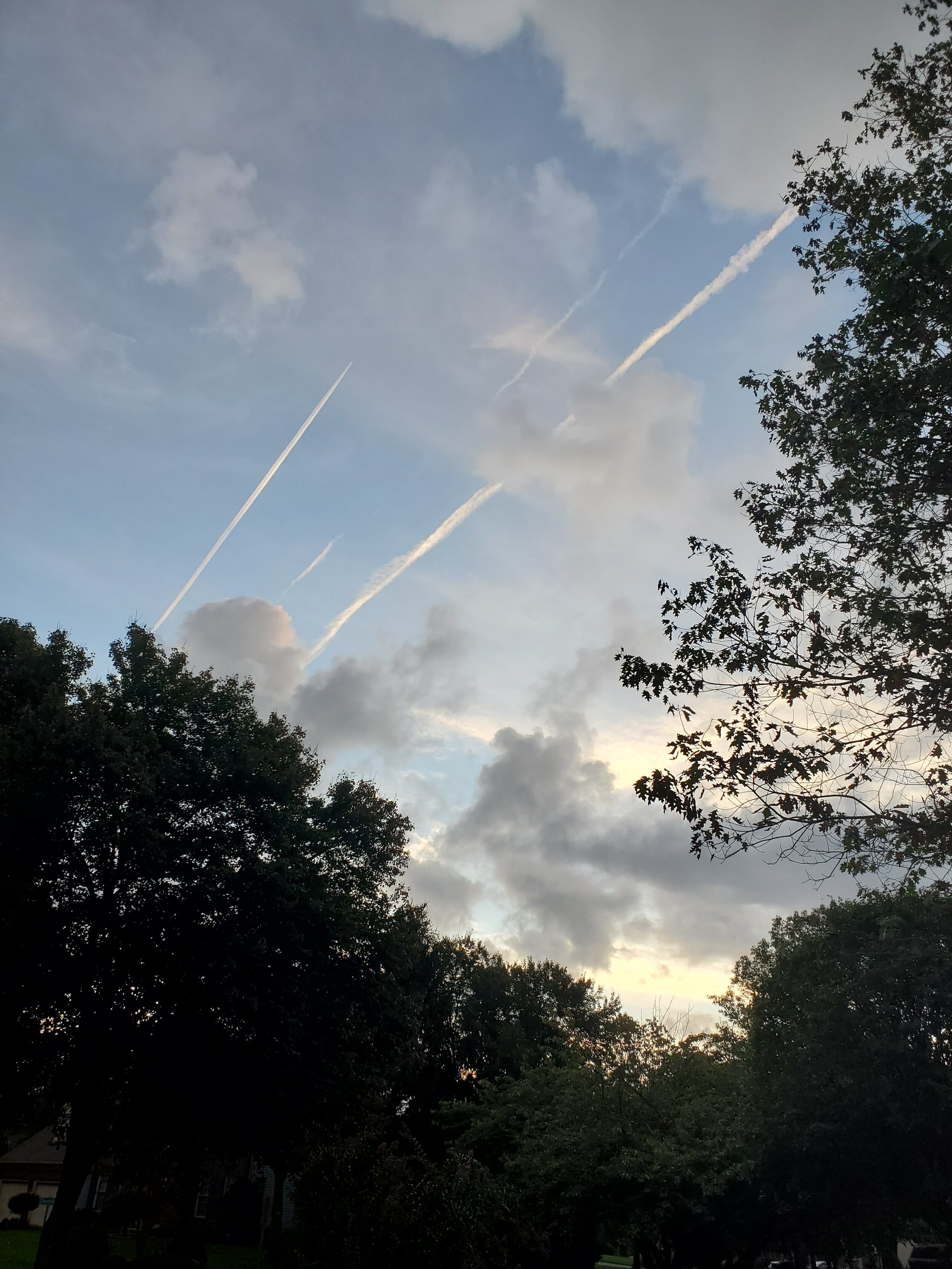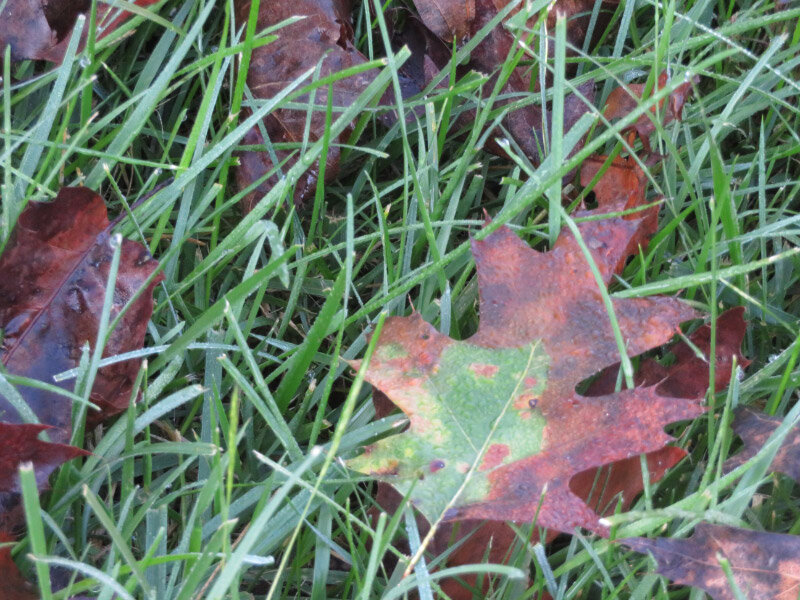Gleanings of the Week Ending December 25, 2021
/The items below were ‘the cream’ of the articles and websites I found this past week. Click on the light green text to look at the article.
New copper surface eliminates bacteria in just two minutes – One of the emerging technologies to fight bacteria (and viruses) without antibiotics. Copper is already being used in some applications, but this materials research developed a new structure of copper that is more effective and faster. The article didn’t comment about durability…but still very promising finding.
Home Battery Storage: The (Solar) Rich Get Richer – There is beginning to be more equity in solar panel installation….but storage is still a challenge at lower incomes. Some states have programs that may be the wave of the future and there are incentives in pending legislation. Hopefully a positive momentum will build over the next few years.
California Readies Launch of Largest Food Waste Recycling Program in the U.S. – Part of the county where I live in Maryland has curbside pickup of food waste for composting…but not the part where I live. I have a backyard compost bin…but many people do not so there is still considerable food waste going to the landfill.
10 Winter Birds to Spot During the Christmas Bird Count – Seen any of these in your area?
Why is snow white? – 3 videos…the last one with more ‘bonus’ explanations (such as why polar bears are white).
Top 25 birds of the week: Bird Pigment – This post was a bit confusing since it wasn’t explicit about which colors were from pigments ( as in the red of cardinals) and which were from light scattering caused by the physical structure of the feathers (for example, in blue jays). Read more about this non-pigment phenomenon particular for blue feathers here.
Winter is coming: Researchers uncover the surprising cause of the little ice age – New research shows that the little ice age in the early 1400s occurred when the Atlantic Meridional Overturning Circulation (AMOC) collapsed after a warming period which flushed Arctic ice into the north Atlantic, cooling it and reducing its saltiness. Could the AMOC collapse again with ice melting because of climate change? Existing climate models do not model the impacts of ice melt (making the north Atlantic cooler and less salty)!
From blood clots to infected neurons, how COVID threatens the brain – An overview of the research into how COVID-19 impacts the brain; there is still a lot more to be learned about this - probably one of the most devastating aspects of ‘long Covid’. It appears that the cognitive impact experienced by some COVID-19 survivors improves over time, but half the patients in one study were not back to normal after a year. It is a very sad prospect for individuals and for or society.
Watch This Giant Phantom Jellyfish With 33-Foot-Long Arms Float Through the Deep Ocean – The video is less than a minute…worth watching.
AAA Electric Vehicle Infographic — The Good & The Bad – My current car is a plug-in hybrid….the next one will most likely be an EV.



































